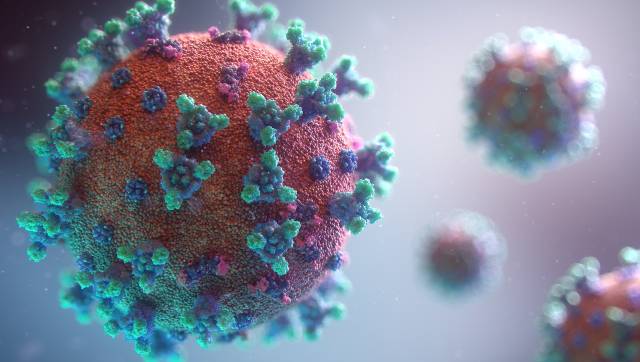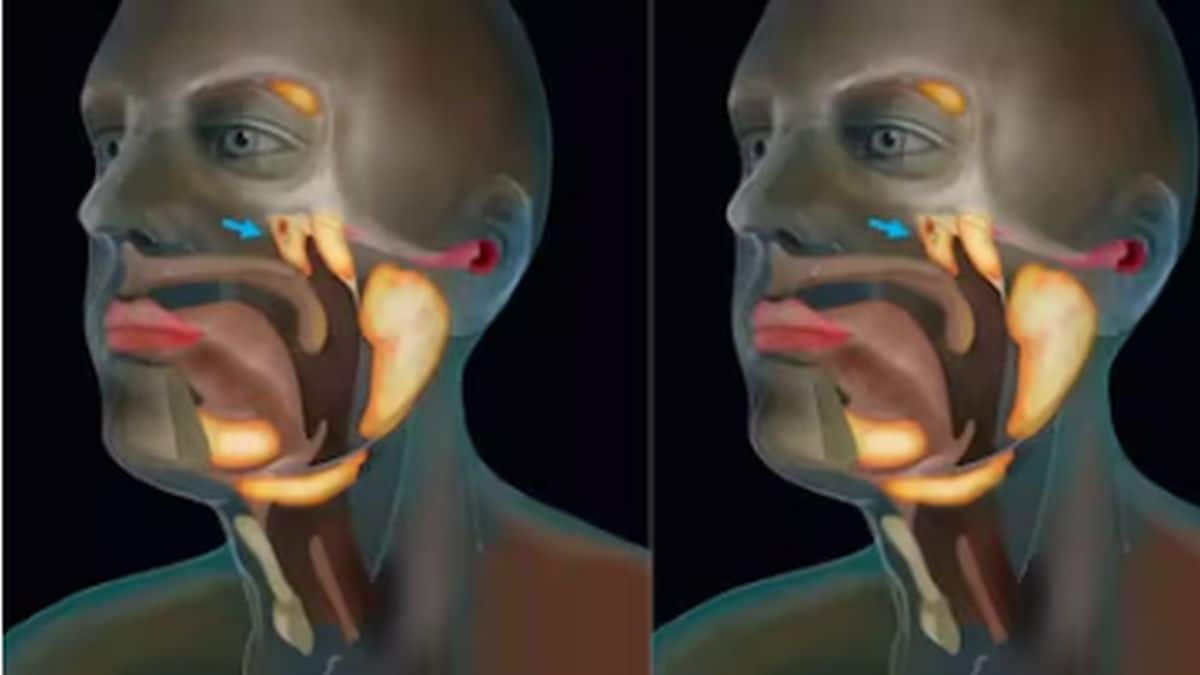Over the last few months, it has been noted that children tend to have a milder form of COVID-19 than adults. Even in those that have the multisystem inflammatory syndrome (MIS-C) , the mortality rate is low. This is unlike so many other health conditions, especially viral infections like the common cold and flu, which affect children more severely. Earlier in March, a research team in China had suggested that children may have less ACE2 receptors (the cell surface receptor that the COVID-19 causing virus uses to enter healthy cells) or they may already have antiviral antibodies due to the more frequent occurrence of common cold or flu. Now, a group of researchers at the Yale University and Albert Einstein College of Medicine, USA claim that the immune system of children reacts differently to COVID-19 than an adult’s, which is why they experience milder disease and are less likely to die of it. The study was published in the journal Science Translational Medicine. COVID-19 in children For the study, the researchers compared the immune response of 65 children and 60 adult COVID-19 patients admitted at a metropolitan hospital system in New York City. The pediatric patients also included those with MIS-C.
Apart from a low mortality rate, most children had a comparatively shorter hospital stay than adults and lesser need for mechanical ventilation. Previous studies on SARS-CoV-1, a coronavirus closely related to SARS-CoV-2 and the causative agent of SARS (severe acute respiratory syndrome), have shown that people who succumbed to disease had higher concentrations of some pro-inflammatory cytokines and chemokines including IL-6 and IL-8. Interestingly, these patients also had a comparatively higher number of neutralising antibodies against the SARS-CoV-1 than those who survived. The latest study was done to check if something similar was happening in COVID-19 patients. Difference in immune response While studying the serum samples of the patients, the researchers found that two molecules including interleukin 17A (IL-17A) and IFN-gamma, which mobilise immune responses in early infection and combat viral replication respectively, were found in high amounts in younger patients. On the other hand, adults had more neutralising antibodies, immune system proteins which identify and target specific pathogens/antigens. IL-17A and IFN-gamma are a part of the innate immune system, non-specific immunity which we are born with and that comes into action early during infection. Antibodies are a part of the adaptive (the one we acquire after getting an infection) immune response. Children with MIS-C had high levels of IL-17A and IFN-gamma but they also had some other markers of severe disease that are seen in adults. Nonetheless, even these children did not suffer severe lung damage. The difference in IL-17A levels in children and adults was more prominent after excluding the MIS-C group who were hospitalised in a later stage of the disease. In a news release by Yale University, the authors of the study suggested that boosting certain types of immune responses may be beneficial in the treatment of the disease. For more information, read our article on Immunity to COVID-19. Health articles in Firstpost are written by myUpchar.com, India’s first and biggest resource for verified medical information. At myUpchar, researchers and journalists work with doctors to bring you information on all things health.


)

)
)
)
)
)
)
)
)



